Home>Renovation & DIY>Plumbing & Electrical>How To Organize PVC Fittings
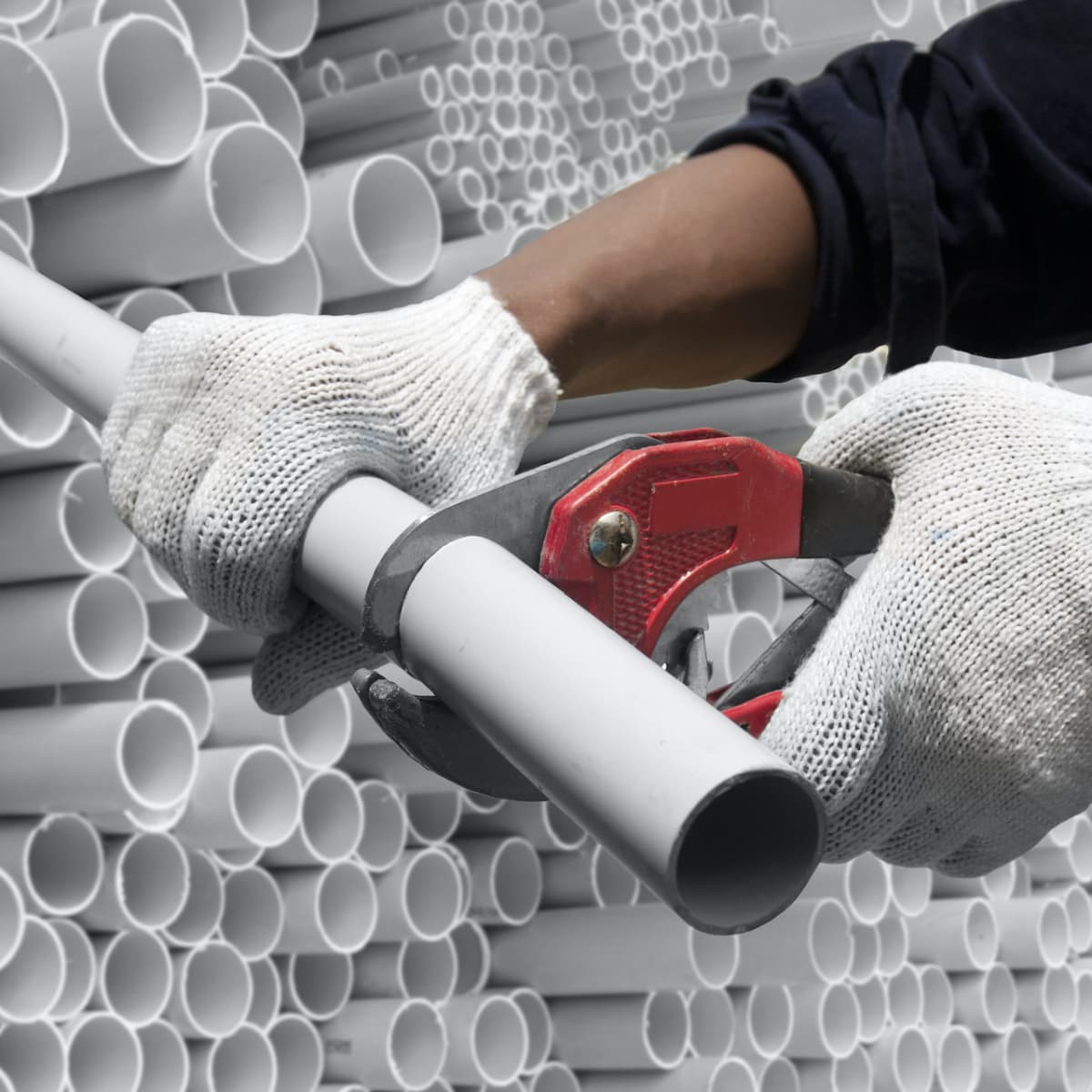

Plumbing & Electrical
How To Organize PVC Fittings
Modified: May 6, 2024
Learn how to efficiently organize your plumbing and electrical PVC fittings with our step-by-step guide. Maximize space and improve workflow today!
(Many of the links in this article redirect to a specific reviewed product. Your purchase of these products through affiliate links helps to generate commission for Storables.com, at no extra cost. Learn more)
Introduction
Are you tired of rummaging through a jumble of PVC fittings every time you need to start a new DIY project? Organizing your PVC fittings not only saves you time and frustration but also helps you keep track of your inventory. In this article, we will explore the best methods for sorting, categorizing, and storing your PVC fittings, as well as provide tips for maintaining an organized system. Whether you're a seasoned DIY enthusiast or just getting started with home improvement projects, having a well-organized collection of PVC fittings can make your life a whole lot easier. Let's dive in and discover how to streamline your PVC fitting organization!
Key Takeaways:
- Keep your PVC fittings organized by sorting them by size and type, labeling storage containers, and using color coding for visual organization. This makes it easier to find the right fittings for your DIY projects.
- Choose the right storage options like stackable bins, toolbox organizers, or wall-mounted storage to keep your PVC fittings accessible and organized. Regularly check, restock, and maintain your fittings for long-term efficiency.
Read also: 12 Amazing Pvc Conduit Fittings for 2025
Understanding PVC Fittings
PVC, or polyvinyl chloride, fittings are essential components used in plumbing, irrigation, and various DIY projects. These fittings come in a wide range of shapes and sizes, including elbows, tees, couplings, adapters, and more. They are designed to connect PVC pipes and create secure, leak-proof joints. PVC fittings are known for their durability, affordability, and resistance to corrosion and chemicals, making them a popular choice for both professional plumbers and DIY enthusiasts.
When it comes to organizing PVC fittings, it's important to understand the different types and sizes available. PVC fittings are typically categorized based on their diameter and configuration, with common sizes ranging from ½ inch to 4 inches. Additionally, PVC fittings are available in various configurations to accommodate different angles and connections, such as 90-degree elbows, 45-degree elbows, and cross fittings. Understanding the specific function and dimensions of each PVC fitting is crucial for effective organization and utilization in your DIY and home improvement projects.
Sorting and Categorizing PVC Fittings
When it comes to organizing PVC fittings, sorting and categorizing them is the first step towards creating an efficient system. Here are some effective methods for sorting and categorizing your PVC fittings:
1. Sort by Size
Begin by sorting your PVC fittings based on their sizes. Use separate containers or bins for different diameter ranges, such as one for ½ inch to 1 inch fittings, another for 1 ¼ inch to 2 inch fittings, and so on. This approach makes it easier to locate the right size fitting for your specific project without having to sift through a mixed assortment.
2. Categorize by Type
Next, categorize your PVC fittings based on their types and configurations. Group together elbows, tees, couplings, adapters, and other fittings separately. Consider using labeled dividers or compartments within your storage containers to keep each type organized and easily accessible.
Read more: How To Cut PVC Blinds?
3. Labeling
Labeling your storage containers or bins is crucial for quick identification. Clearly mark the size and type of fittings contained in each container. You can use adhesive labels, masking tape, or a permanent marker to ensure that the labeling is visible and durable.
4. Utilize Storage Drawers or Cabinets
Invest in storage drawers or cabinets with multiple compartments to store and categorize your PVC fittings. These storage solutions allow you to keep different sizes and types of fittings separate while providing easy access to the fittings when needed.
5. Consider Color Coding
For visual organization, consider implementing a color-coding system for your PVC fittings. Use colored stickers or tape to differentiate between sizes or types of fittings. For example, you could use red for ½ inch fittings, blue for 1 inch fittings, and so on. This method can be particularly helpful when dealing with a large inventory of PVC fittings.
By implementing these sorting and categorizing methods, you can create a well-organized system for your PVC fittings, making it easier to locate the right fitting for your DIY and home improvement projects.
Storage Options for PVC Fittings
When it comes to storing PVC fittings, choosing the right storage options is essential for maintaining an organized and accessible inventory. Here are some effective storage options for PVC fittings:
-
Stackable Storage Bins: Invest in stackable storage bins or containers with lids to keep your PVC fittings organized. These bins come in various sizes and can be stacked on shelves or in cabinets, maximizing vertical storage space while keeping the fittings secure and easily accessible.
-
Toolbox or Tool Organizer: Consider using a toolbox or tool organizer with compartments to store your PVC fittings. These portable storage solutions are ideal for small to medium-sized PVC fittings and provide the flexibility to transport your fittings to different project locations.
-
PVC Pipe Storage Rack: If you have a large collection of PVC fittings, consider investing in a PVC pipe storage rack. These racks are specifically designed to hold PVC pipes and fittings, providing a dedicated and organized storage solution for your inventory.
-
Wall-Mounted Storage: Utilize wall-mounted storage options such as pegboards, wall-mounted bins, or shelving units to store and display your PVC fittings. This approach not only saves floor space but also allows you to visually inspect and access your fittings with ease.
-
Drawer Inserts: For smaller PVC fittings and accessories, consider using drawer inserts or dividers within your storage drawers. These inserts help keep the fittings separated and prevent them from getting mixed up, making it easier to find the right fitting when needed.
-
Customized Storage Solutions: Explore customized storage solutions such as PVC pipe organizers, modular storage racks, or DIY storage systems tailored to your specific PVC fitting collection. Customized storage options can be designed to fit your available space and accommodate the unique dimensions of PVC fittings.
-
Mobile Storage Cart: A mobile storage cart with drawers or shelves can provide a versatile storage solution for your PVC fittings. This option allows you to move your fittings around your workspace as needed and provides additional storage for tools and accessories.
By choosing the right storage options for your PVC fittings, you can create a well-organized and accessible storage system that streamlines your DIY and home improvement projects. Whether you opt for stackable bins, wall-mounted storage, or customized solutions, the key is to ensure that your PVC fittings are stored in a manner that facilitates easy identification and retrieval when working on your projects.
Read more: What Is A PVC Conduit
Tips for Maintaining Organized PVC Fittings
Maintaining the organization of your PVC fittings is essential for the long-term efficiency of your DIY and home improvement endeavors. Here are some valuable tips to help you keep your PVC fittings organized:
-
Regular Inventory Checks: Schedule regular inventory checks to assess the status of your PVC fittings. This practice allows you to identify any missing or misplaced fittings and take necessary steps to maintain a complete and organized inventory.
-
Restocking Protocol: Establish a restocking protocol for your PVC fittings. When you use fittings for a project, make it a habit to restock them in their designated storage containers immediately after use. This ensures that your inventory remains complete and readily available for future projects.
-
Maintenance of Labels: Periodically check and update the labels on your storage containers. Over time, labels may become faded or illegible, leading to confusion and disorganization. By maintaining clear and accurate labels, you can quickly locate the specific PVC fittings you need.
-
Clean and Inspect Fittings: Regularly clean and inspect your PVC fittings to ensure they are in good condition. Remove any dirt, debris, or residue that may accumulate on the fittings, and check for any signs of damage or wear. Keeping your fittings clean and well-maintained contributes to a more organized and functional inventory.
-
Documentation of Inventory Changes: Keep a record of any changes to your PVC fitting inventory, such as additions, removals, or replacements. Maintaining documentation helps you track the status of your fittings and facilitates efficient inventory management.
-
Storage Maintenance: Periodically assess the condition of your chosen storage solutions for PVC fittings. Ensure that the storage containers, bins, racks, or drawers are in good condition and provide adequate protection for your fittings. Address any issues such as broken containers or damaged storage units promptly to maintain an organized storage system.
-
Training and Guidelines: If you have a team or family members involved in utilizing the PVC fittings, provide training and guidelines for maintaining the organization of the fittings. Establish clear protocols for storing, labeling, and accessing the fittings to ensure consistency and order within your inventory.
-
Adaptation to Inventory Changes: As your inventory of PVC fittings evolves, be prepared to adapt your organization methods accordingly. Whether you acquire new fittings, expand your project scope, or encounter changes in your storage space, adjusting your organization approach ensures that your PVC fittings remain effectively organized.
By implementing these tips for maintaining organized PVC fittings, you can sustain a well-structured inventory that supports your DIY and home improvement projects. Consistent maintenance and attention to organization contribute to a seamless and efficient workflow, allowing you to tackle projects with confidence and ease.
Now that you've got the scoop on organizing PVC fittings, why not take your organizational skills up a notch? If keeping all those bits and bobs in line sounds good, our guide on the best options for hardware storage will definitely catch your eye. Perfect for anyone looking to tidy up their workspace or garage, this article offers practical solutions that really work. Don't miss out on making your space as efficient as possible!
Frequently Asked Questions about How To Organize PVC Fittings
Was this page helpful?
At Storables.com, we guarantee accurate and reliable information. Our content, validated by Expert Board Contributors, is crafted following stringent Editorial Policies. We're committed to providing you with well-researched, expert-backed insights for all your informational needs.
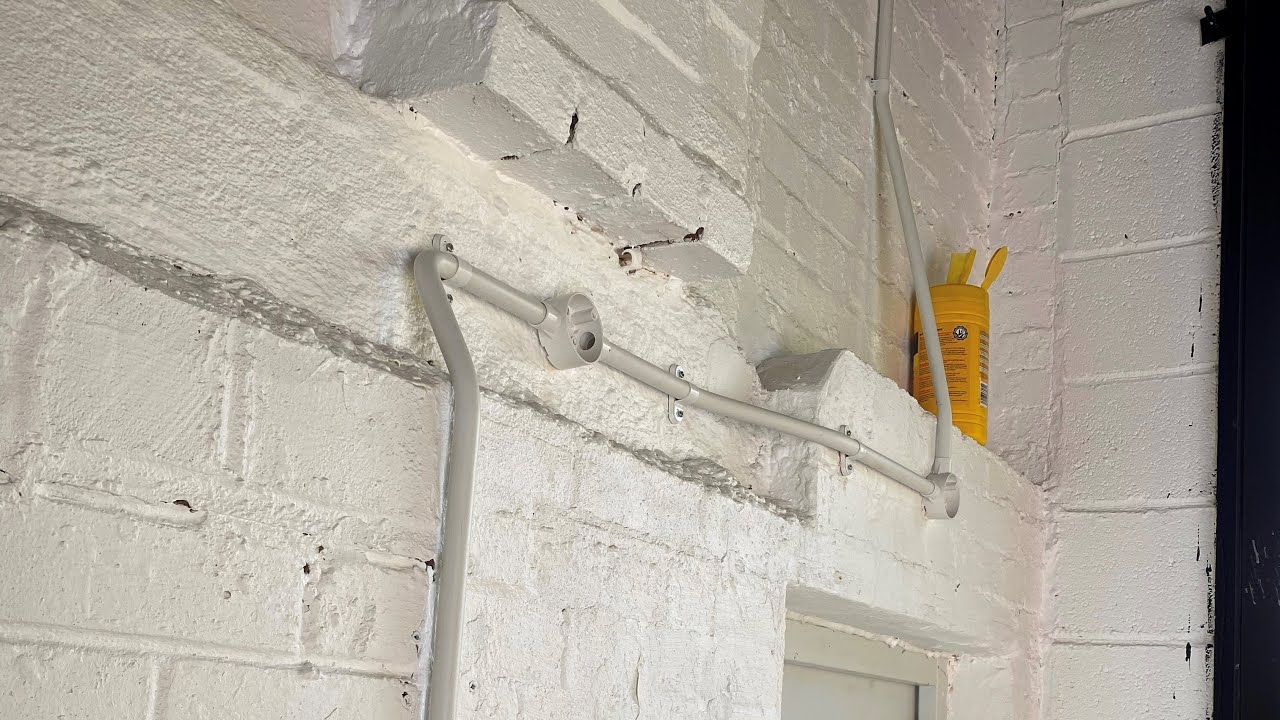
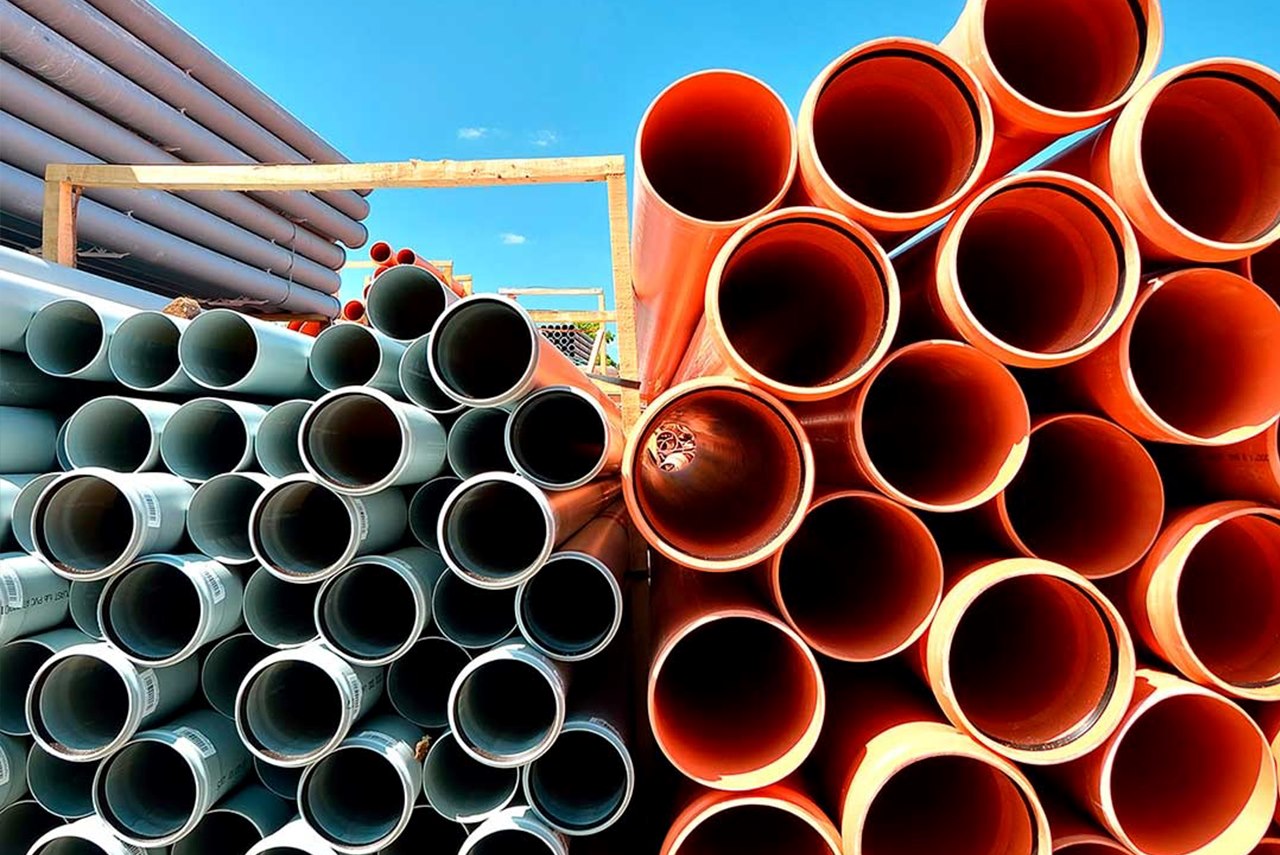
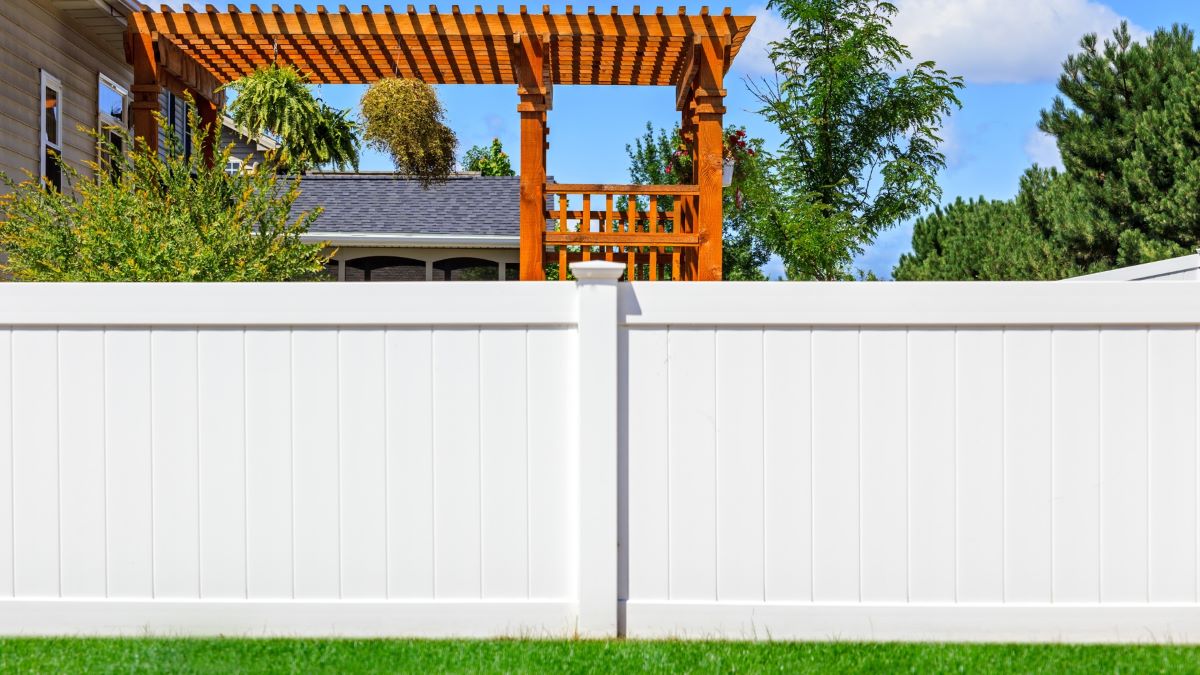
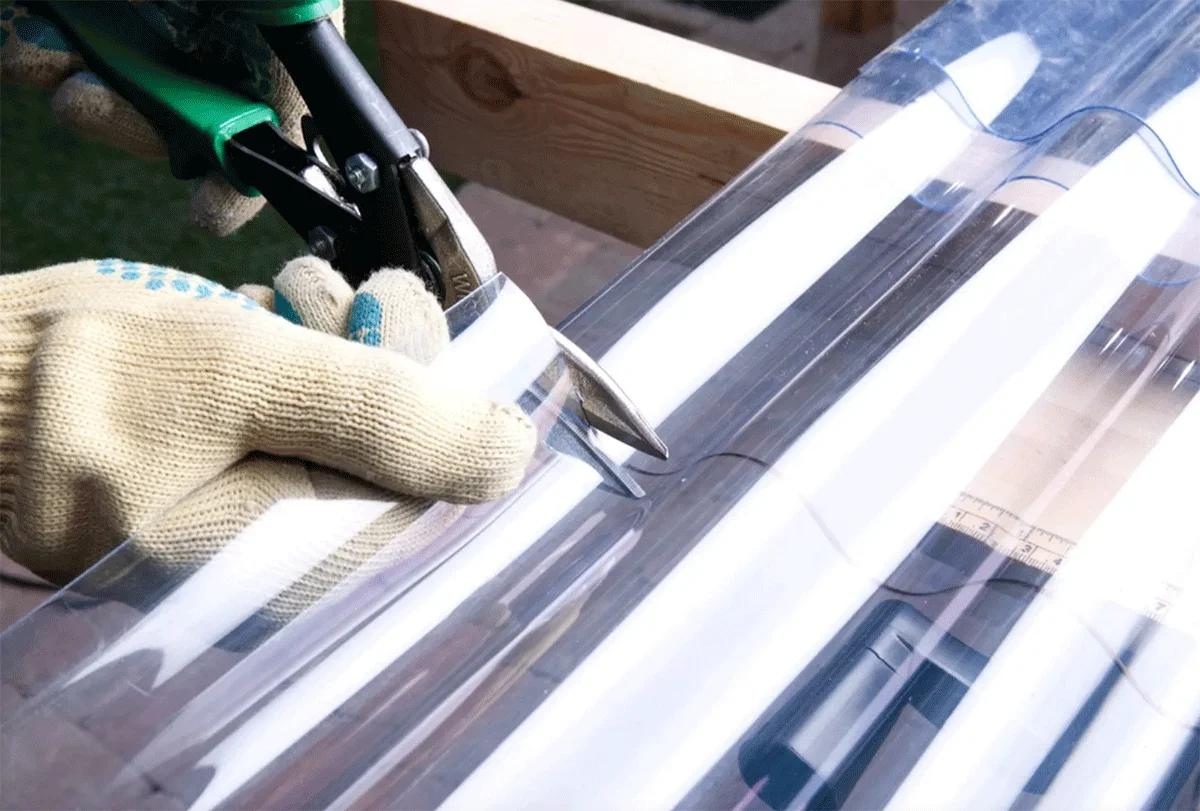
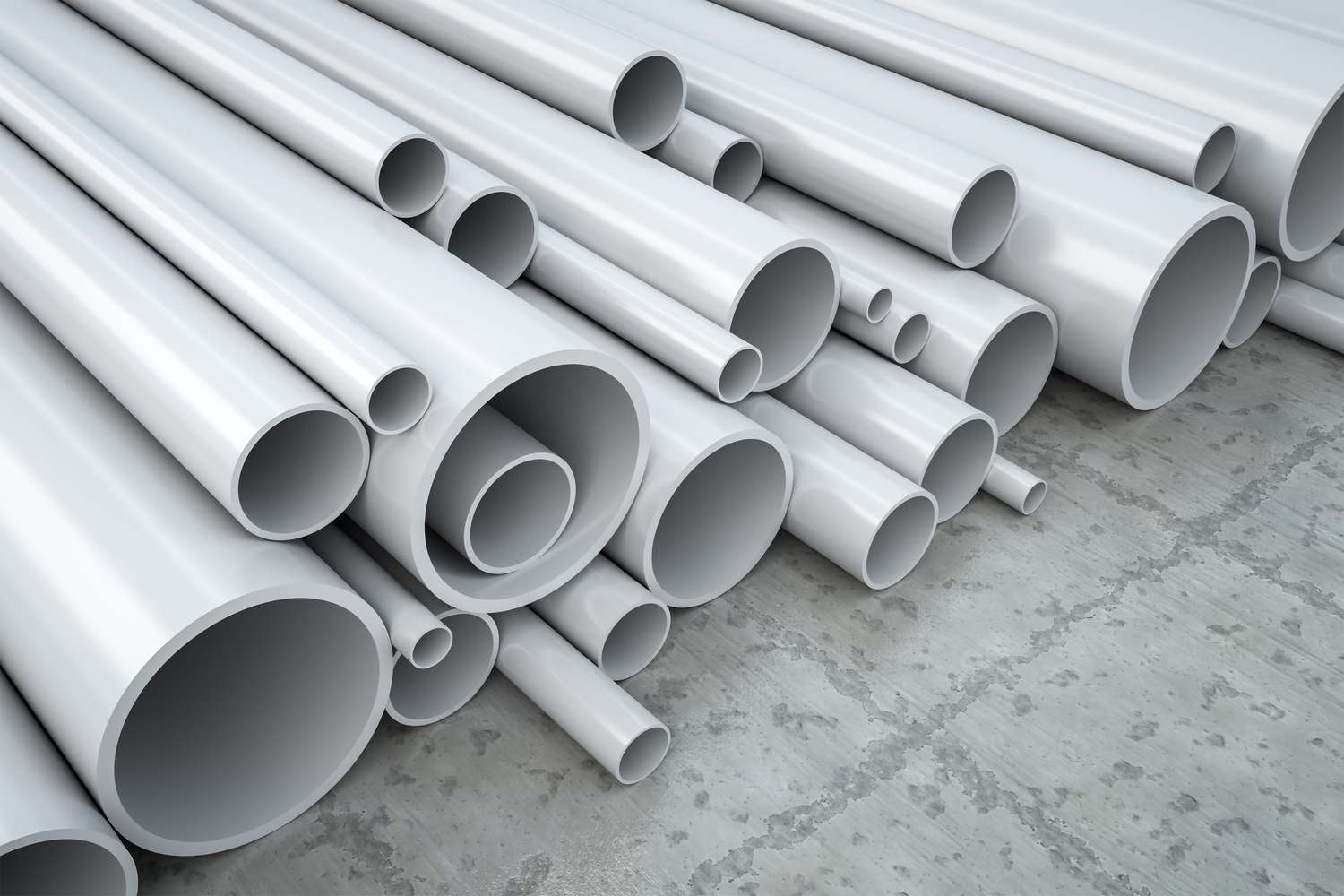
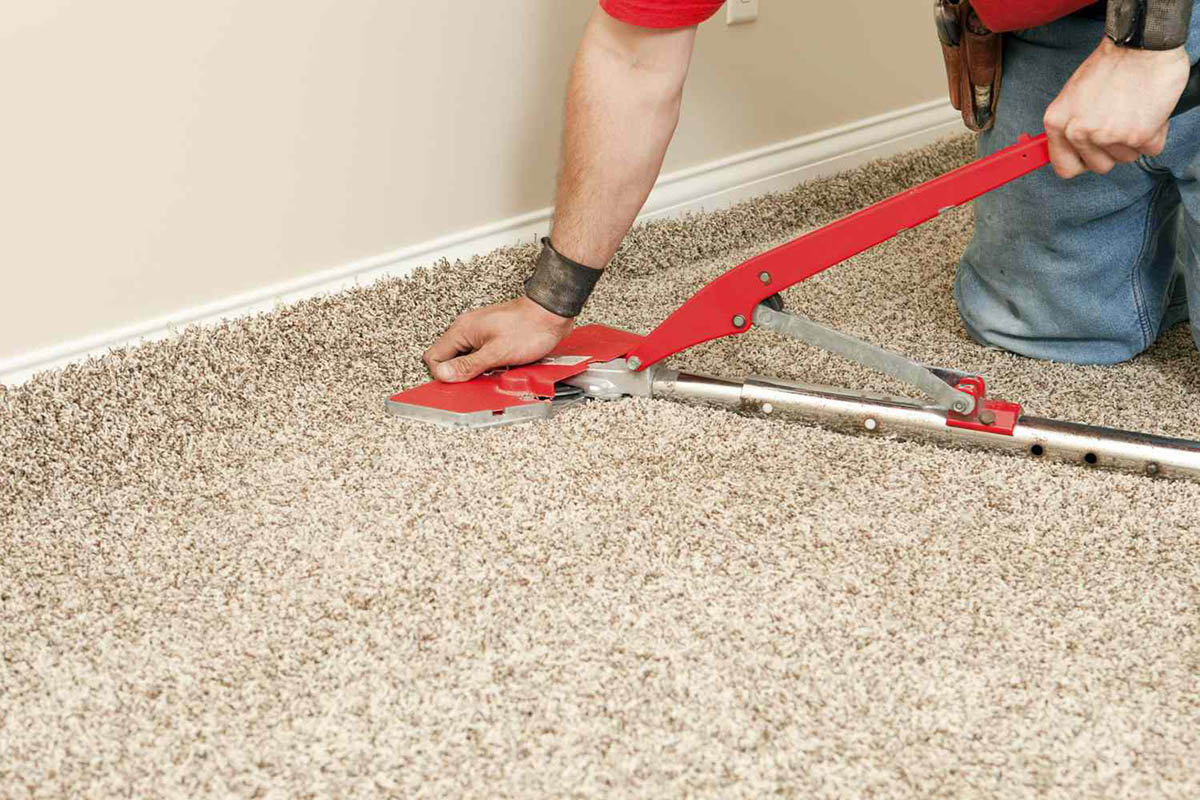
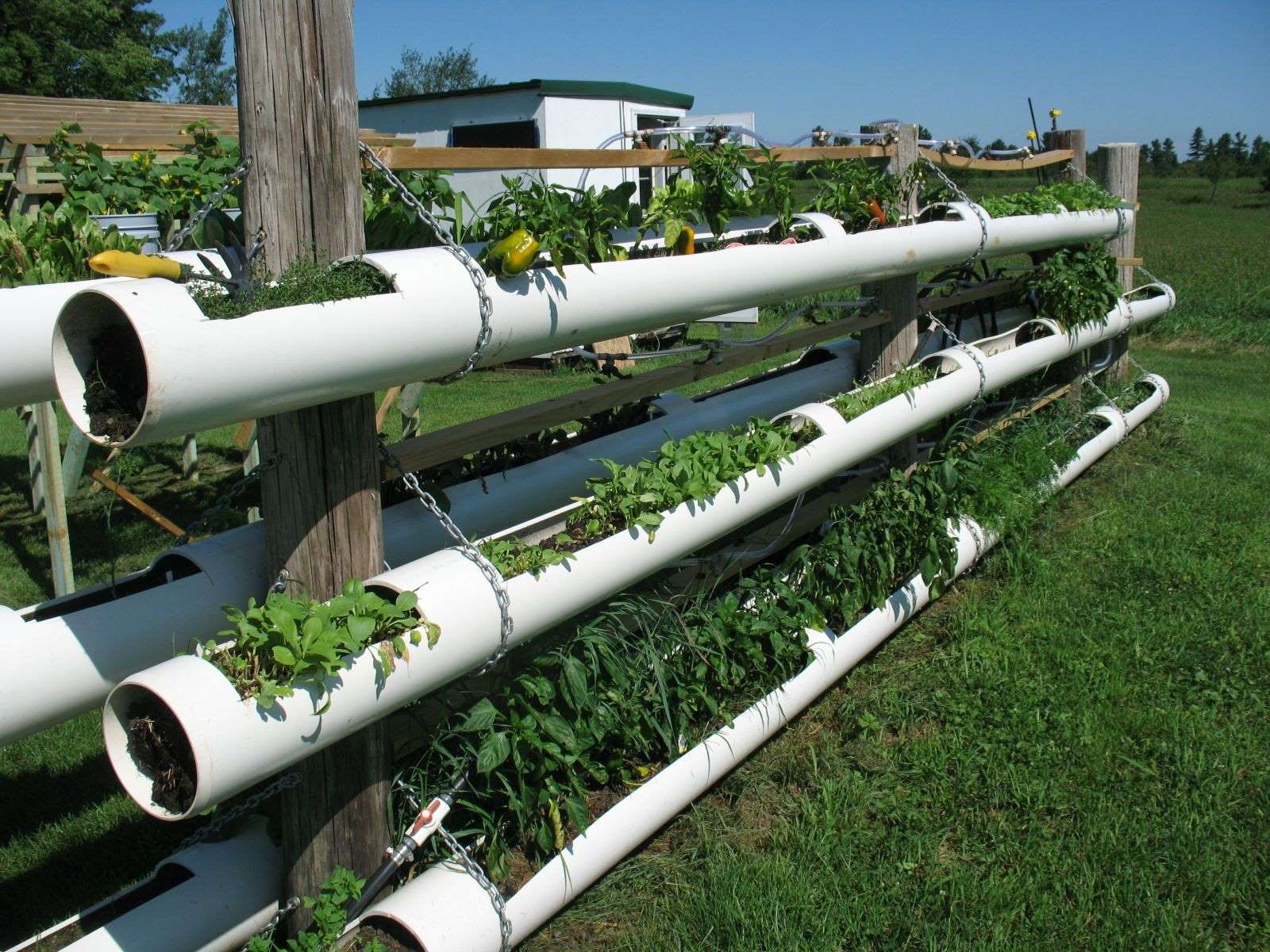
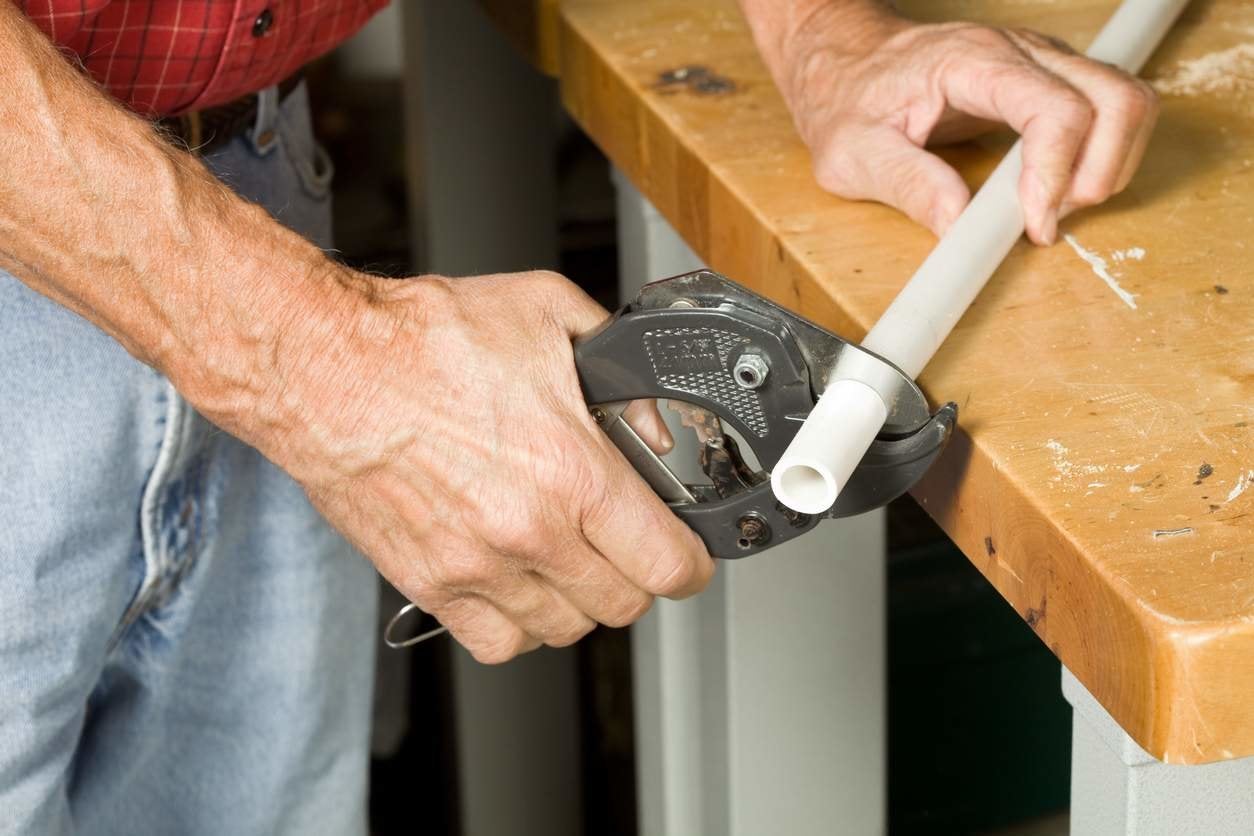
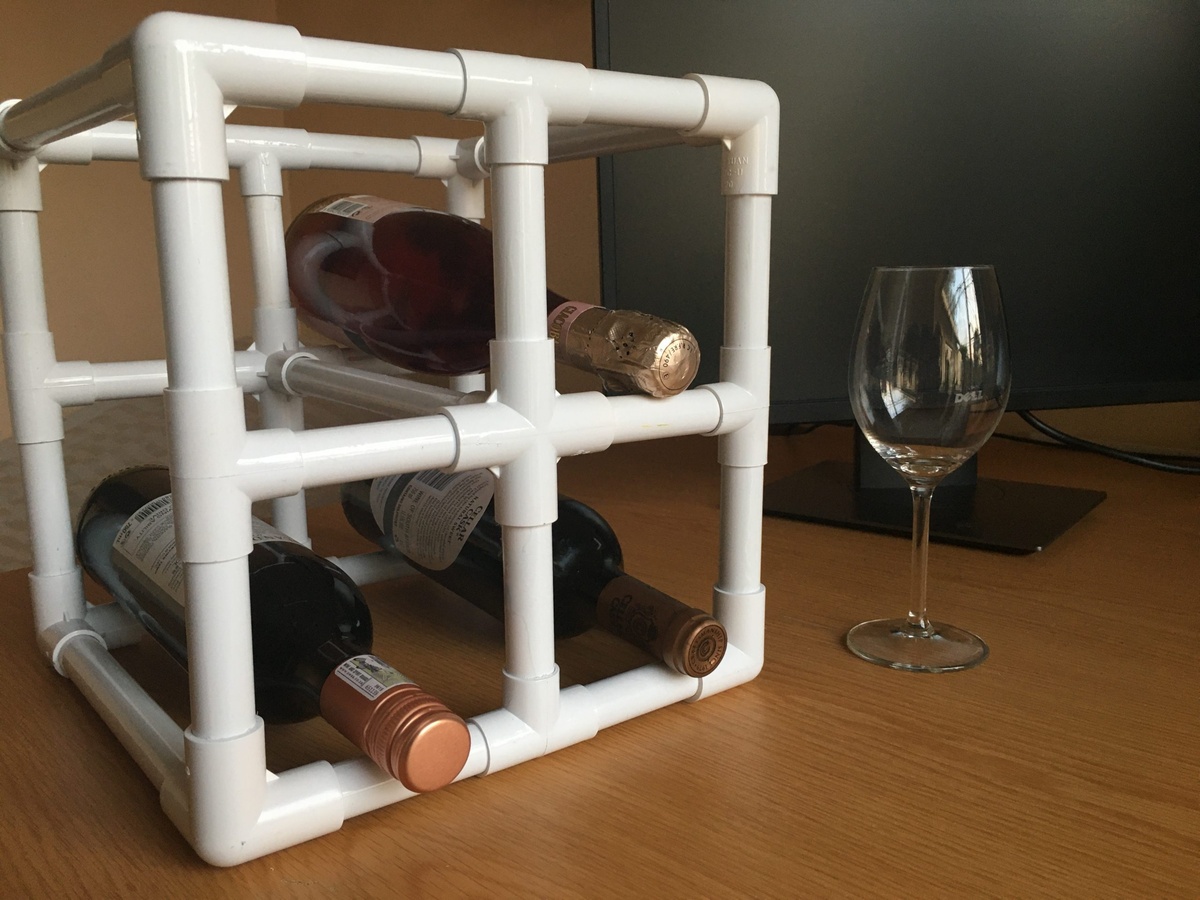
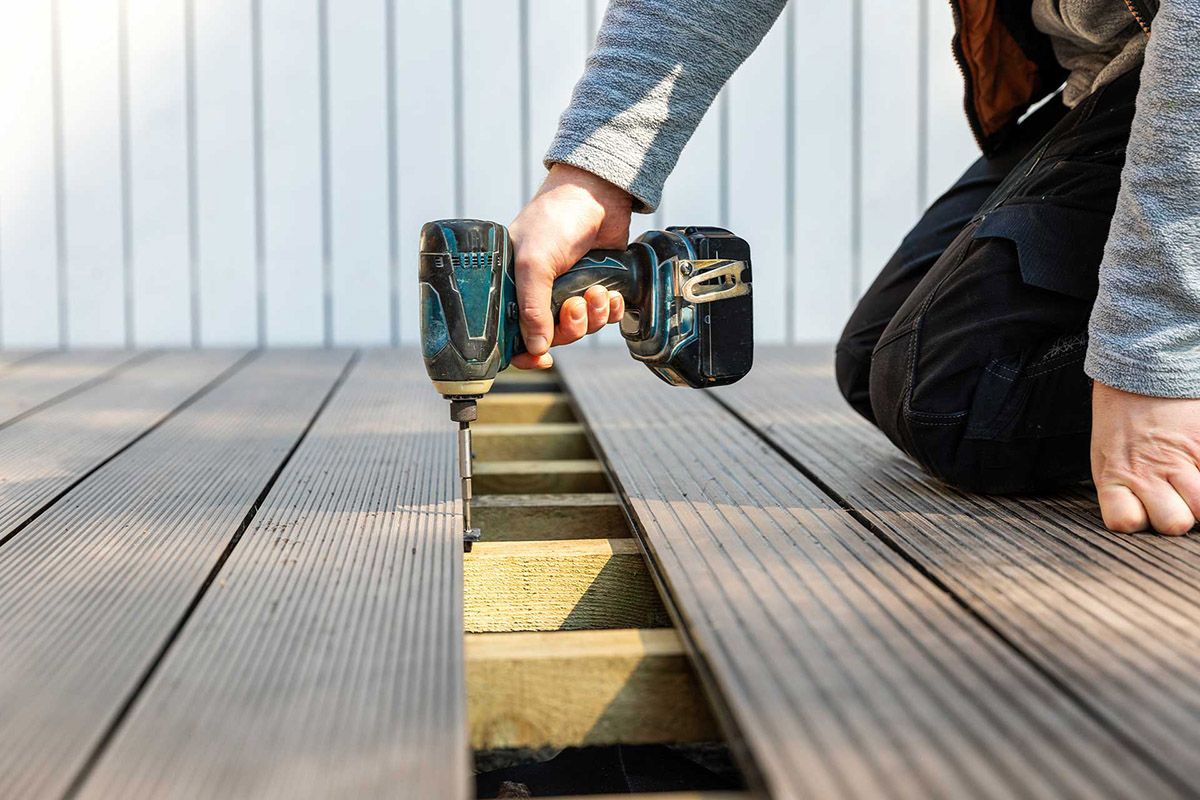
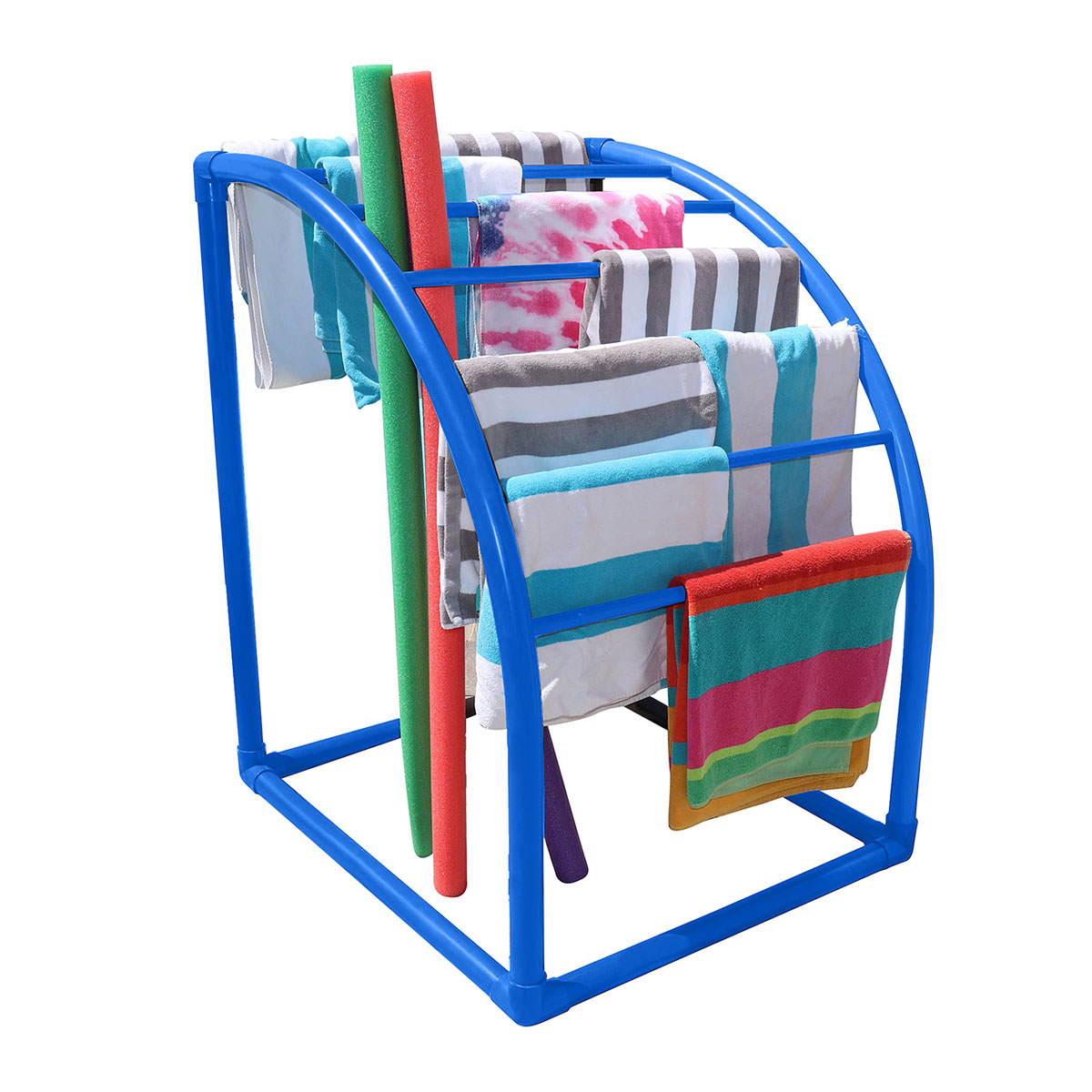
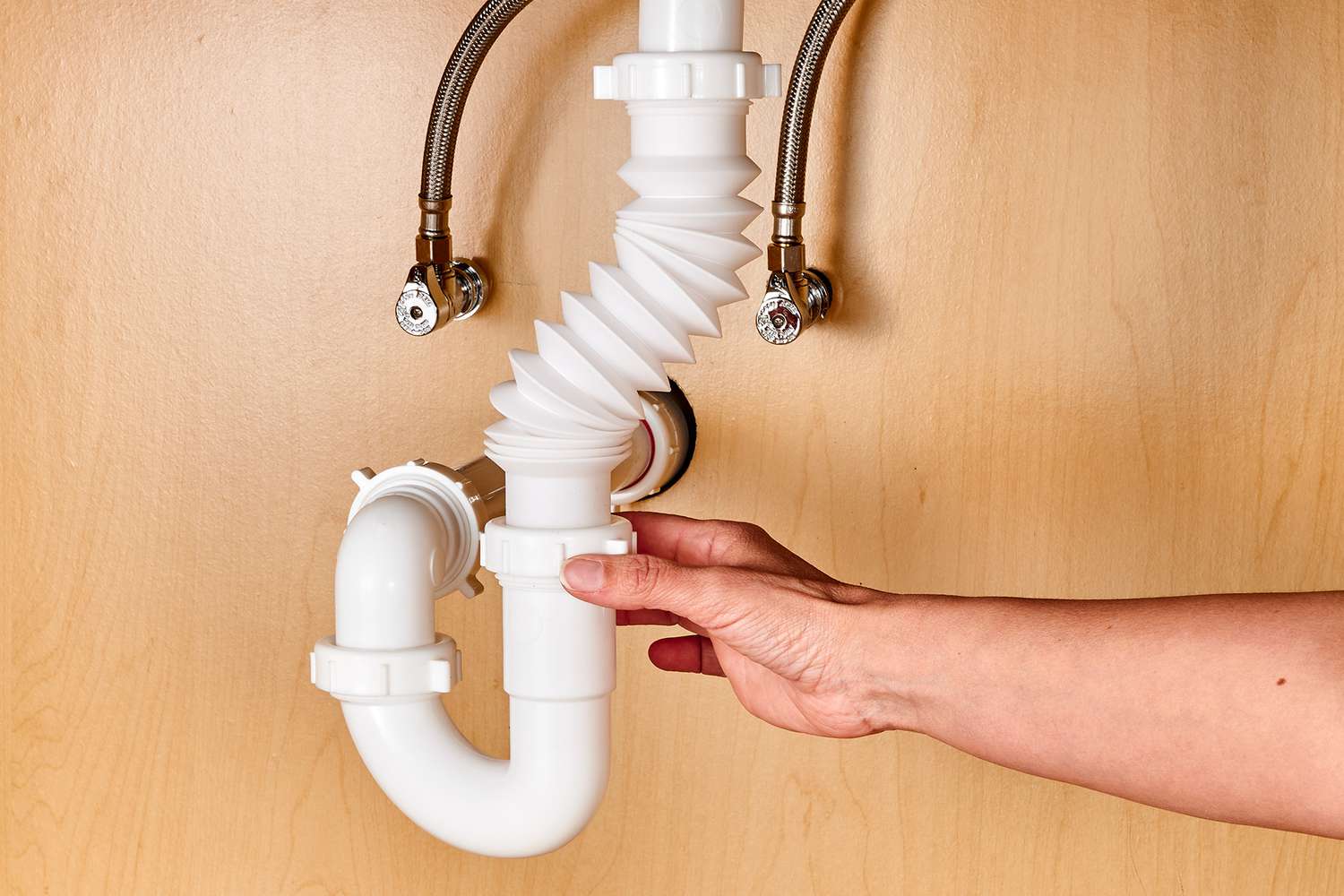
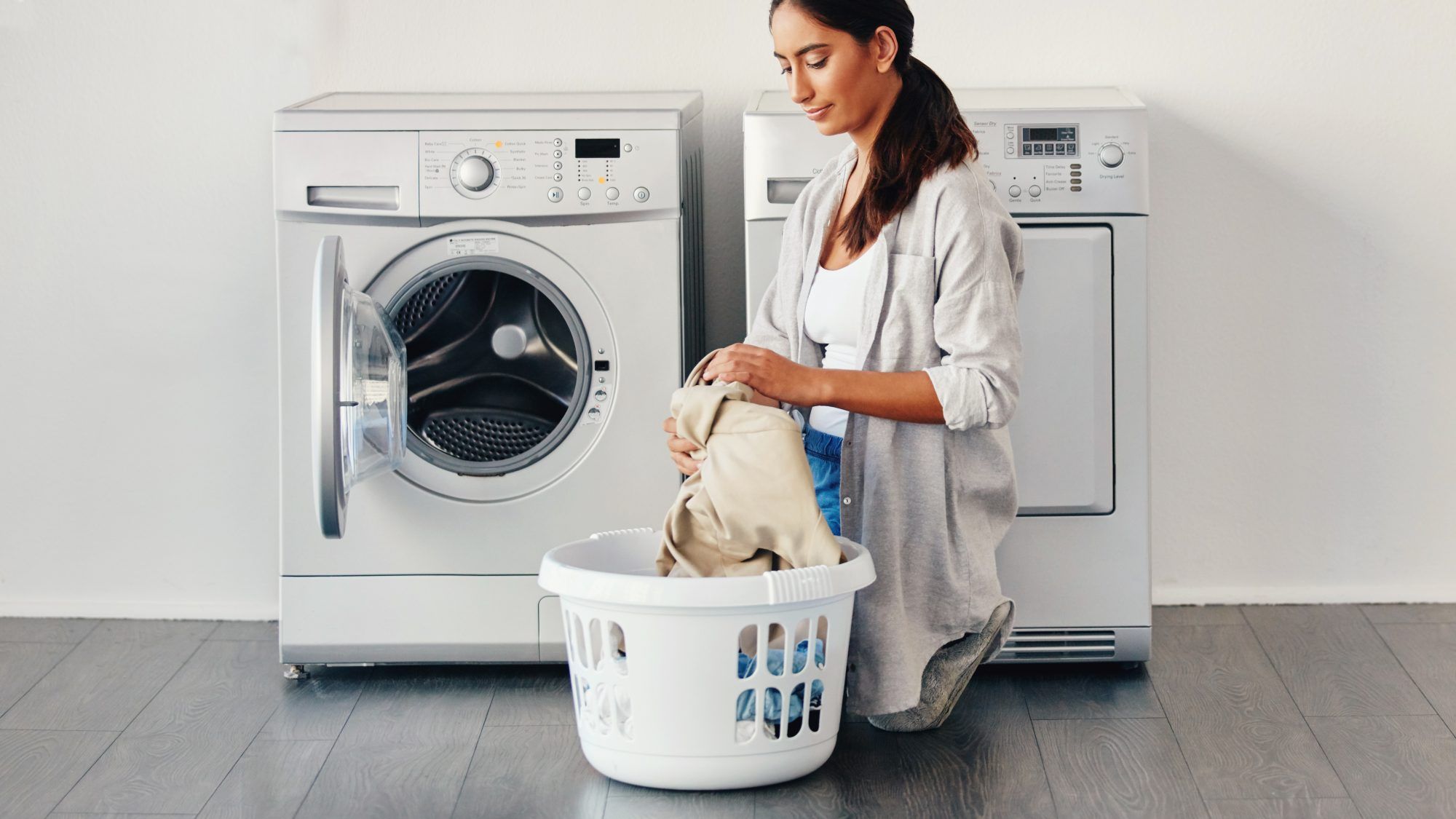

0 thoughts on “How To Organize PVC Fittings”